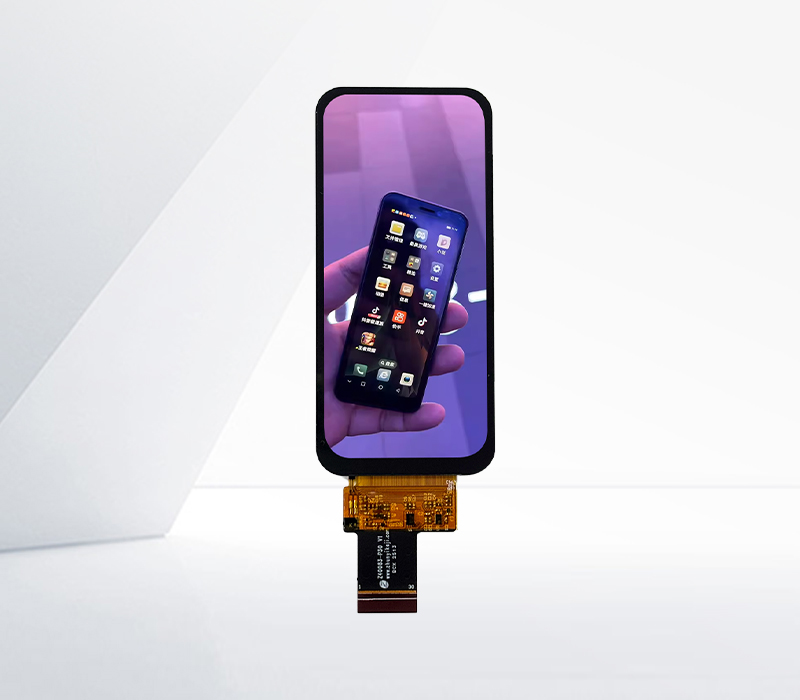




The TTL (Transistor-Transistor Logic) interface LCD display is a widely used display technology that has played a significant role in the development of liquid crystal displays. TTL interfaces operate on the principle of digital logic, where binary signals are used to control the display of images on the LCD panel.
In a TTL interface LCD display, the data transmission occurs through a set of parallel lines. These lines carry digital signals representing the pixel information, control signals, and clock signals. The parallel nature of the TTL interface allows for relatively fast data transfer, enabling the display to update images quickly. Typically, TTL interfaces use 8-bit or 16-bit data buses, which can transmit a sufficient amount of information to represent a wide range of colors and grayscale levels. For example, an 8-bit TTL interface can support 256 levels of each color channel (red, green, and blue), resulting in a total of 16.7 million colors.
One of the key advantages of TTL interface LCD displays is their simplicity. The design and implementation of TTL interfaces are relatively straightforward, making them accessible for a variety of applications, especially in cost-sensitive and low to medium-performance scenarios. They are commonly used in industrial control systems, such as small-scale monitoring devices, where the requirements for high-resolution and extremely fast refresh rates are not as stringent. In these applications, the TTL interface can effectively transmit the necessary image data with minimal complexity and cost.
However, TTL interfaces also have some limitations. Due to the parallel data transmission, the number of wires required for the interface can be relatively large. This can lead to issues such as increased cabling complexity, higher susceptibility to electromagnetic interference, and limited transmission distance. As the distance between the display controller and the LCD panel increases, signal degradation becomes more pronounced, which may result in image distortion or flickering. Additionally, the power consumption of TTL interfaces can be relatively high compared to some newer interface technologies, especially when transmitting large amounts of data continuously.
Despite these limitations, TTL interface LCD displays continue to be used in many applications where their simplicity, cost-effectiveness, and basic performance capabilities meet the requirements. Manufacturers often optimize the design of TTL interfaces to mitigate some of the drawbacks, such as using shielding techniques to reduce electromagnetic interference and implementing signal conditioning circuits to improve signal integrity over longer distances.
